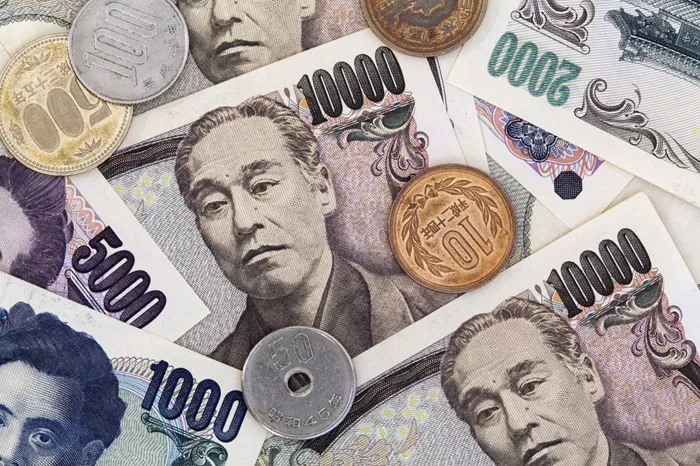Japanese equities experienced a decline, and the yen appreciated as investors prepared for a possible interest rate hike by the Bank of Japan (BOJ), making for a significant day in Asian markets.
The Nikkei 225 index dropped by up to 1.5%, while Japan’s 10-year government bond yield rose six basis points to 1.055%, just hours before the BOJ’s policy decision. NHK reported that the BOJ’s board might consider raising the interest rate to approximately 0.25% on Wednesday, up from the current range of 0% to 0.1%.
“The close correlation between the yen and the Nikkei, combined with Japan’s substantial impact on global financial flows, means today’s BOJ meeting could introduce considerable market volatility,” noted Kyle Rodda, senior market analyst at Capital.Com.
As the BOJ’s decision remains a focal point, other regional financial markets experienced notable movements influenced by key earnings reports and local economic data, which are pivotal in shaping monetary policy expectations. Traders are also anticipating the Federal Reserve’s decision later Wednesday, with speculation that Chair Jerome Powell might indicate a potential rate cut in September.
In South Korea, the Kospi index advanced, driven by strong performance from Samsung Electronics Co., which reported its highest profit growth rate since 2010. Meanwhile, shares in mainland China and Hong Kong opened higher despite data indicating a continued contraction in China’s factory activity for the third consecutive month in July.
The Australian dollar weakened, and short-term bonds gained after core inflation unexpectedly slowed last quarter, leading traders to increase their expectations for a rate cut by the Reserve Bank of Australia.
U.S. Treasury yields stabilized following a four-session decline. A Bloomberg index measuring the dollar’s strength showed a slight decrease.
David Solomon, CEO of Goldman Sachs Group Inc., indicated to CNBC that one or two rate cuts by the Fed later this year seem increasingly plausible, a shift from his earlier forecast of no reductions in 2024.
“If the Fed does not signal a September rate cut, the market could face turbulence, particularly given recent technology sector weaknesses — especially if earnings fall short,” warned Tom Essaye of The Sevens Report.
In other news, oil prices increased for the first time in four sessions after an industry report revealed a fifth consecutive week of declines in U.S. crude inventories.
In the U.S., major technology stocks continued to decline late in the session, with Microsoft Corp.’s earnings raising concerns that the artificial intelligence hype may be overextended. This sector rotation has led the Nasdaq 100 to fall 9% from its all-time high, nearing a correction.
On Tuesday, the S&P 500 dropped to around 5,435, and the Nasdaq 100 fell by 1.4%. A measure of the “Magnificent Seven” tech giants decreased by 2%, while the Russell 2000, representing smaller firms, increased by 0.3%. Nvidia Corp. plummeted by 7%, erasing $193 billion from its market capitalization.
Should the Fed initiate a rate-cutting cycle, historical trends offer optimism for stock investors. In the six previous hiking cycles, the S&P 500 has risen an average of 5% in the year following the first rate cut, according to financial research firm CFRA. Additionally, gains have extended to smaller-cap stocks, with the Russell 2000 Index climbing 3.2% 12 months after the initial cut.


